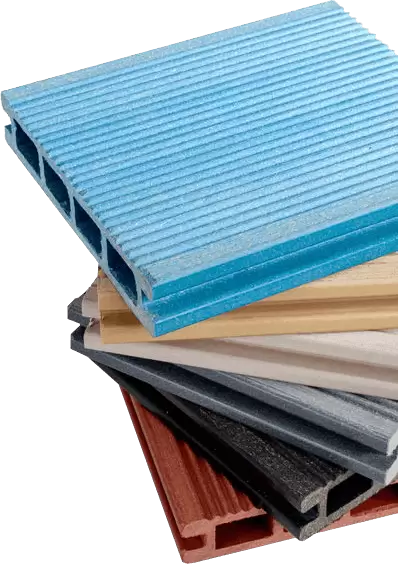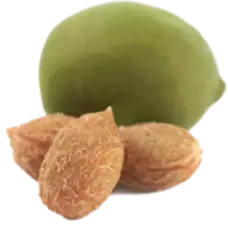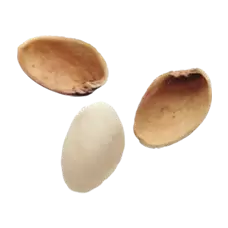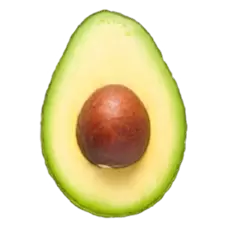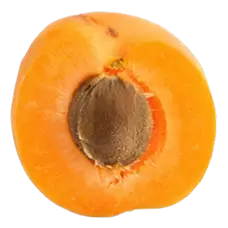Innovative Sustainable Polymers from Renewable Resources
Functional Fillers for Wood Plastic Composites (WPC) and Other Sustainable Polymers
BioPowder.com provides you with very effective, renewable fillers and fibres for reinforced polymer compounds. Our materials have demonstrated excellent functionality in a variety of sustainable polymers, i.e. polymers from renewable resources. One large field of renewable polymers are wood-plastic composites, i.e. materials where a polymer matrix is filled or reinforced with wood or wood-like components. The end product is a solid compound, or rather a bioplastic with new mechanical, visual and chemical properties. Prominent examples of bioplastics and sustainable polymers include - just to name a few:
- Bio-derived polyethylene (PE) or polypropylene (PP) filled with cellulosic fibers such as wood flour: generally for sturdy, high-resistance applications such as construction materials
- Polylactic acid (PLA) compounds: often used for 3D printing filaments
- Poly-ε-caprolactone (PCL)
- Polyhydroxybutyrate (PHB)
- Poly(3-hydroxy valerate
- Protein-derived bioplastics such as zein-based films
At BioPowder.com, we offer a new approach to functional lignocellulosic powders. Like shredded or pulverized wood, our powder solutions for sustainable polymers / polymers from renewable resources consist of lignin and cellulose. However, they are derived from wood-like agricultural by-products - above all refined olive stones. When incorporated in a polymer matrix, they ensure enhanced tensile and compressive strength, a light weight and greater particle stability compared to wood. BioPowder.com functional powders for sustainable polymers are resistant to moisture and do not expand or soften. Therefore, they are components of choice for engineered construction materials made from renewable polymers. Thanks to their particle shape and color, they can create unique texturing effects. Our fine powders are excellent carriers for colorants due to their advantageous dispersion properties.
More and more manufacturers of engineered wood have started to produce sustainable polymers from side-stream resources. Our mission is to provide them with performance fibres to excel in making wood composites, e.g. for the following end products:
- Deck systems for terraces, ships and interiors
- Parquet flooring
- Fences and poles
- Handrails and balustrades
- Panels and roof systems
- Window frames and profiles
- Design furniture
BioPowder.com functional powders are also available in a white color. Thanks to research collaboration with the Biocomposites Division at KTH Royal Institute of Technology (Stockholm, Sweden), the lignin can be extracted from natural olive stone granules. To a similar extent as the so-called transparent wood, our additives can be used to create special design effects in engineered wood composites, e.g. for energy-efficient structural materials.
Innovative, Renewable Reinforcements for Engineered Plastic (Sustainable Polymers)
BioPowder.com functional powders are sought after compounding additives for structural polymer composites. The most prominent applications in this field include:
- Thermoplastic composites: fibres are dispersed in the melted plastic mix in processes such as extrusion, compression and/or injection molding and thermoforming. Tensile and compressive strength can be significantly enhanced thanks to the hardness and particle structure of our powders.
- Fibre-reinforced PE composites: polyethylene is the most commonly used plastic. Our powder additives can convert this synthetic polymer into a bio-plastic with up to 60% natural components.
- Low-density composites: especially in lightweight parts, the ideal filler/fibre needs to combine low density with high performance. BioPowder.com functional powders for sustainable polymers ensure great matrix reinforcement effects with less than half the weight of conventional mineral fillers.
Our powder additives for sustainable polymers have proven particularly effective in the following end products:
- Garment hangers
- Luggage items, computer and mobile phone cases
- Household appliances
- Biomaterials, dental and medical implants
- High-performance plastics in the shipbuilding, aviation, railway, aerospace and automotive industries
Renewable Polymer Powder Additives for Textile Fibres and Filaments
Filaments are fibrous variants of sustainable polymers, i.e. long threads that can be processed into textile items or 3D-printed end products. They can be developed by adding our fine micronized powders to a textile composite matrix. Stable thread structures can be formed in particular with small particles of <50 microns that act as a filler in melt-spinning processes. Such olive stone-based compounds are state-of-the-art yarns to be integrated in a variety of garment and high-performance textiles. This comes with numerous advantages, especially from a sustainability perspective:
- Possibilities to replace cotton: cotton is a crop that requires enormous quantities of water and land. Especially in regions with severe water shortage (e.g. in Central Asia), cotton farming has depleted large areas and displaced the rural populations. With BioPowder.com functional powders for renewable polymers, a polymeric yarn can be developed as a more sustainable cotton alternative.
- Alternatives for synthetic textiles such as acrylic, polyester or nylon: our powder additives open up the opportunity to create lasting fibres from renewable resources. When adding BioPowder.com functional powders, synthetic textile materials can be converted into more sustainable polymers by adding a certain percentage of biodegradable matter. While improving the mechanical properties of a reinforced nylon/acrylic/polyester, the end products becomes polymers from renewable resources with an optimized carbon footprint and better recyclability.
- Zero-waste policy: manufacturing of BioPowder.com additives for renewable polymers does not produce any waste but upvalues agricultural by-products.
- Very reduced resource consumption: the textile industry is one of the most resource-intensive industries on Earth. A fibre created with minimal water, land and power input greatly enhances the ecological footprint of textiles. Such fibers can be sustainable polymers from renewable resources such as refined olive stone powder.
- European origin and manufacturing standards: no transcontinental transports are required throughout the value chain of BioPowder.com bio-additives for renewable polymers; European environmental standards and labor laws are respected throughout the entire supply chain.
Frequently Asked Questions (FAQ): Additives Sustainable Polymers, Wood and Textile Composites
1. Are biodegradable polymers sustainable?
Yes and no. The level of sustainability depends essentially on the origin of the polymers and the recycling possibilities at their end of life. In simple terms, a protein- or plant-derived plastic generally has a lower environmental impact than a petroleum-derived material. Also, a compostable material is likely to be more eco-friendly than one that requires industrial recycling. Regardless of the polymeric system, its compostable, plant-based content can often be enhanced by adding reinforcing fillers made from olive stones or other by-products.
2. What are renewable polymers?
Renewable polymers is a generic term used for sustainable polymers from renewable resources. All plant-based polymeric materials with varying degrees of biodegradability can be referred to as such.
3. Are natural polymers environmentally friendly?
Just as "biodegradable", "natural" can have many meanings. The most ecological materials are the ones from plant-based resources and raw materials that do not compete with the food chain such as BioPowder.com functional fillers. Also, those renewable polymers that can be recycled with relatively little resources (chemicals, utilities, etc.) are more environmentally friendly than others. There is also a growing tendency of re-using plastic materials, so the longer their lifespan, the better.
4. Is cellulose a sustainable polymer?
Cellulose is one of the most abundant materials on Earth and a polymer from renewable resources. Most plants mainly consist of cellulose and hemicellulose besides water, and so do plant-derived powders such as olive stone or almond shell powders. Pure cellulose is obtained through (industrial) extraction processes, and the end result is a light-colored cellulose powder. Cellulose alone is not a plastic material but can be a component of sustainable polymers from renewable resources.
5. What polymers are renewable?
Generally speaking, all those that consist of or are made from renewable resources, i.e. plant-derived raw materials. Renewable does not necessarily equal sustainable. This can be the case when crops are grown instead of using by-products or when food/feed staples are diverted to non-food applications. When choosing the best raw materials for sustainable polymers, there are certain selection criteria that help you classify the level of sustainability. Please ask us for further guidance.
Whatever your sustainable polymers project might be, we look forward to hearing from you. We help you find the right powder additive and provide you with small and even micro-batches for industrial trials. Contact us with your inquiry.
